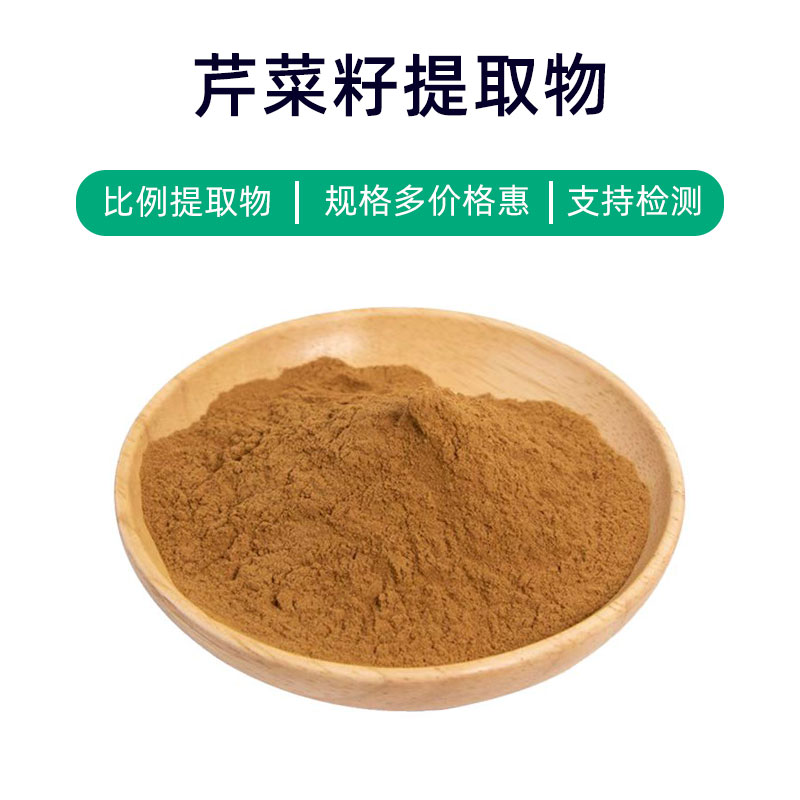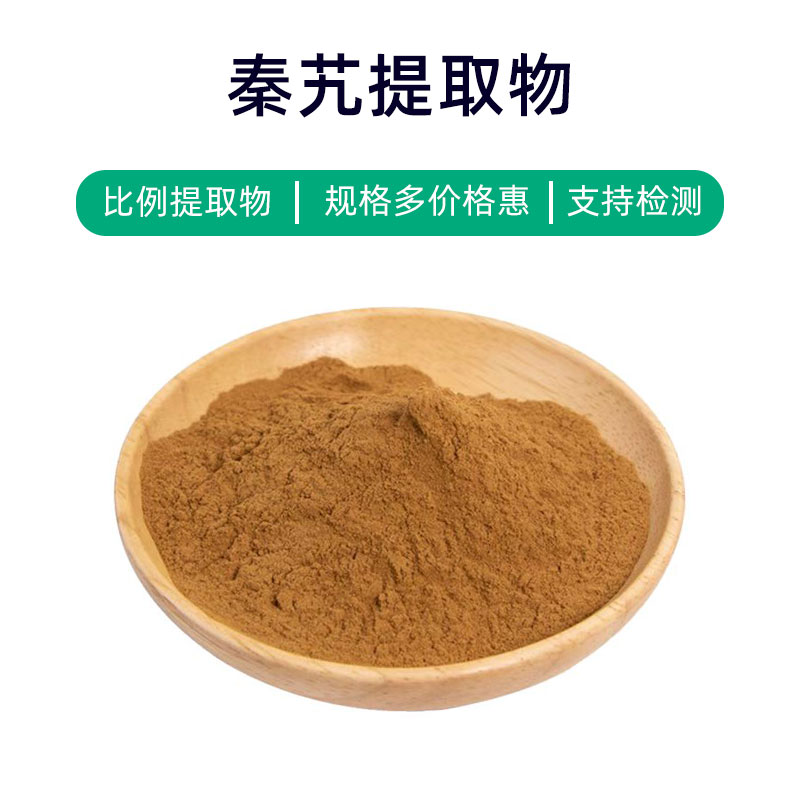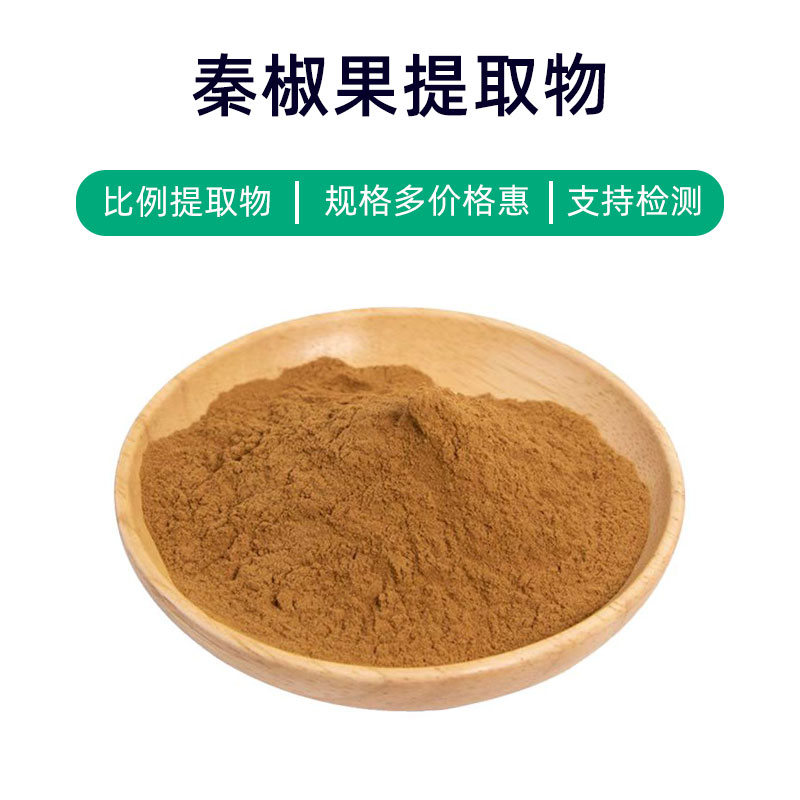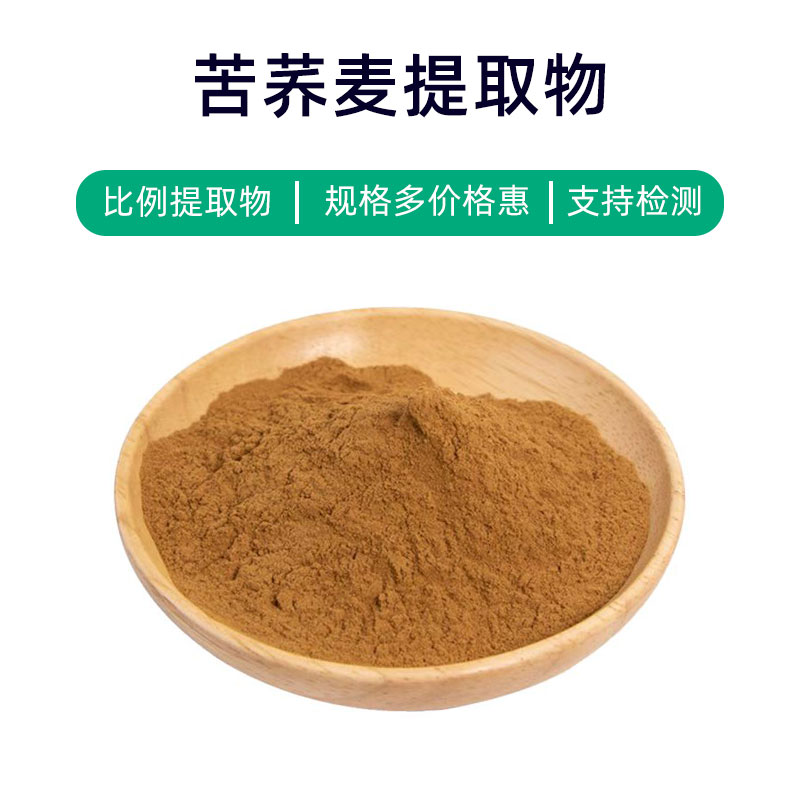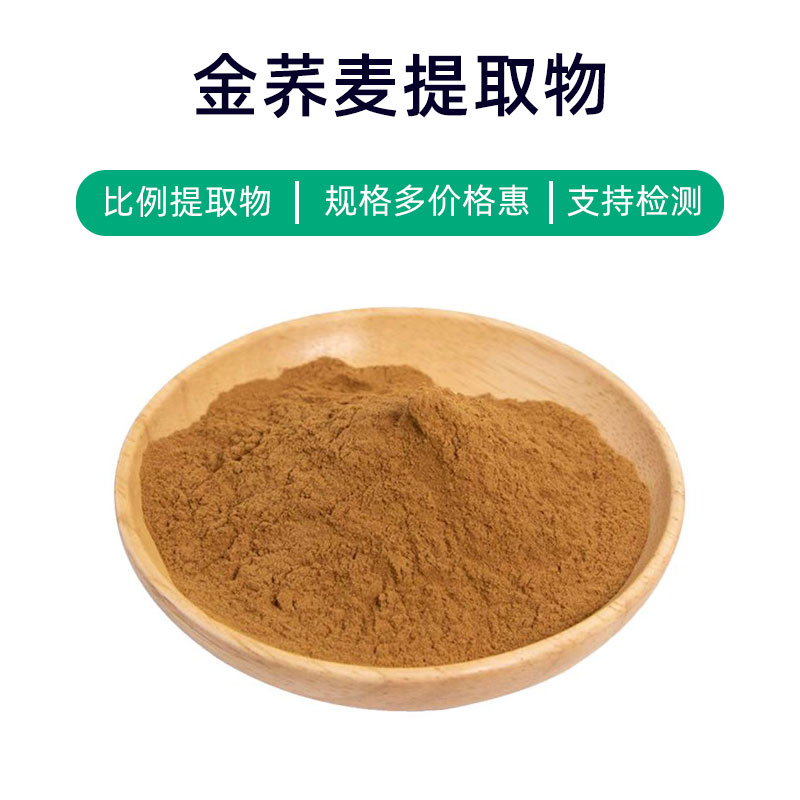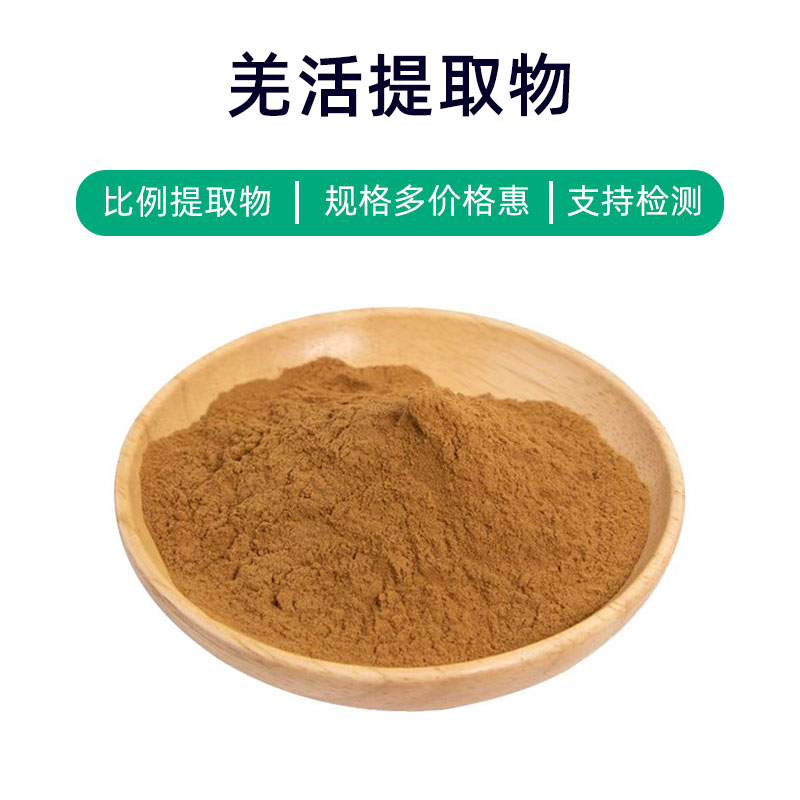Overview of Rubia Extract
Rubia extract is a natural plant extract obtained from the roots of the Rubia plant, with main components including Rubiatin, Rubiaric acid, and Rubia alcohol. These components provide the extract with various benefits and applications.
Rubia extract is widely used in pharmaceuticals, health supplements, and cosmetics. Its key effects include antioxidant, anti-inflammatory, and whitening properties. Rich in Rubiatin, it has strong antioxidant capabilities, effectively scavenging free radicals and delaying skin aging. Additionally, due to its content of Rubiaric acid, Rubia extract also possesses anti-inflammatory and analgesic properties, helpful for soothing skin discomfort and reducing inflammatory reactions. In cosmetics, it is commonly incorporated into whitening products to diminish blemishes, even skin tone, and enhance skin brightness and smoothness.
In the pharmaceutical field, Rubia extract is often used in traditional Chinese medicine formulations to enhance effectiveness. In health supplements, it is added to antioxidant products to help the body combat free radical damage and maintain overall health.
In summary, as a natural plant extract, Rubia has various benefits and a wide range of applications, making it highly favored in the pharmaceutical, health supplement, and cosmetic industries.
Production Process of Rubia Extract
The production process of Rubia extract typically includes the following major steps:
- Raw Material Preparation: Begin with fresh Rubia roots as the extraction material. Select healthy, disease-free plants and harvest during the right season.
- Washing: Clean the harvested roots to remove dirt, impurities, and surface debris to ensure the purity and quality of the extract.
- Grinding: After washing, grind the Rubia roots into a powdered form using a grinder or other mechanical equipment to increase extraction efficiency.
- Solvent Extraction: Mix the powdered roots with an appropriate solvent (such as ethanol or water) and soak under suitable temperature conditions to extract the active components. The soaking time and temperature should be controlled according to specific conditions, typically ranging from several hours to several dozen hours.
- Filtration: After extraction, the solution needs to be filtered to remove solid particles and suspensions, resulting in a clear extract.
- Concentration: The clear extract is concentrated to remove the majority of the solvent, condensing the extract.
- Refinement: Further refine the concentrated extract using methods such as condensation, crystallization, or precipitation to improve purity and quality.
- Drying: Finally, the refined extract is dried to create a powdered or other forms of the finished product for easy storage and use.
- Packaging and Storage: Package the dried product in sealed containers to protect it from moisture and sunlight, storing it in a cool, ventilated area to ensure product stability and shelf life.
Efficacy and Side Effects of Rubia Extract
Rubia extract is a commonly used herbal ingredient with various efficacies, including:
- Antioxidant Effects: It is rich in natural antioxidants, such as flavonoids and polyphenols, which effectively scavenge free radicals and reduce oxidative stress, helping to maintain cell health.
- Anti-inflammatory Effects: The active components in Rubia extract exhibit notable anti-inflammatory actions, inhibiting the occurrence and progression of inflammation, and can relieve conditions like rheumatoid arthritis and intestinal inflammation.
- Antimicrobial Effects: Some compounds in Rubia extract have inhibitory effects on various bacteria, fungi, and viruses, making them useful for preventing and treating certain infectious diseases.
- Immune Regulation: Rubia extract can modulate immune function and enhance resistance, aiding in the prevention of colds and boosting immune response.
- Antiallergic Effects: Certain constituents in Rubia extract show antiallergic properties, alleviating symptoms caused by allergic reactions, such as rhinitis and skin allergies.
- Liver Protection: Rubia extract possesses protective qualities for the liver, promoting the regeneration and repair of liver cells, and could assist in conditions like hepatitis and fatty liver.
- Lipid-lowering Effects: The active components can regulate lipid metabolism and lower blood lipid levels, helping to prevent and treat conditions like hyperlipidemia and arteriosclerosis.
- Circulation Promotion: Rubia extract may dilate blood vessels, improve microcirculation, and increase blood flow, aiding in alleviating symptoms associated with angina and coronary heart disease.
Despite its numerous benefits, attention should be paid to potential side effects during use, such as individual allergic reactions or digestive discomfort. Therefore, it is advised to follow medical guidance regarding dosage to avoid adverse effects. Special populations, such as pregnant women, nursing mothers, children, and the elderly, should consult their healthcare providers before use.
Application Scenarios and Dosage of Rubia Extract
Rubia extract finds wide applications across pharmaceuticals, food, and cosmetics. Below are its various uses and recommended dosages in different fields:
- Pharmaceutical Applications:
- Widely used in traditional Chinese medicine for treating colds, fevers, and coughs. It can be formulated into granules or oral liquids, with adults typically taking 3-6 grams at a time, 2-3 times a day.
- In herbal combinations, Rubia extract is often included as an adjunct ingredient alongside others like licorice or platycodon to enhance therapeutic effects.
- It can also be used in topical ointments or plasters for treating skin inflammation, eczema, and other skin ailments, applied as directed by a physician, typically 1-3 times daily.
- Food Applications:
- Frequently utilized as a food additive for flavoring or enhancing color. In food processing, the quantity added must comply with national standards and food safety regulations, not exceeding the maximum allowable limits.
- Rubia extract can also be used in health food products like capsules or granules to improve immunity and regulate bodily functions. Common dosages involve taking 2-4 capsules at a time, 2-3 times a day.
- Cosmetic Applications:
- Commonly added to cosmetics to enhance skin condition, regulate skin tone, and retain moisture. Typical products include creams, face masks, and cleansers.
- Dosage in cosmetics generally follows formulation guidelines, and adherence to product labels or physician recommendations is crucial to avoid overuse, which may lead to skin discomfort.
Overall, Rubia extract is considered safe and effective in pharmaceutical, food, and cosmetic applications, but caution is warranted. Users should adhere to medical advice or product instructions to prevent adverse reactions, especially in medical contexts, where proper dosage and administration are essential.
Overview of Rubia Plant Origin, Distribution, and Growth Environment
Rubia, scientifically known as Glycyrrhiza uralensis, is a perennial herbaceous plant in the legume family. The following provides detailed information on the origin, distribution, and growth environment of Rubia.
- Origin of the Plant:
- Rubia is a perennial herb with a well-developed root system, typically upright or sprawling. Its roots are cylindrical and have characteristic features of the legume family.
- The plant height generally ranges from 30 to 120 centimeters, with erect, branched stems and leaves that are odd-pinnate compound, with paired leaflets that are oval or lanceolate.
- Distribution:
- Rubia is mainly distributed across Asia, particularly in China, Mongolia, Korea, and Russia.
- In China, it is primarily found in Inner Mongolia, Hebei, Shanxi, Shaanxi, Gansu, Qinghai, and Xinjiang, thriving in river valleys, hillsides, grasslands, and desert edges.
- Growth Environment:
- Rubia prefers a warm, moist climate and is adaptable to various soil types, including sandy, loamy, and clay soils; however, loose, well-draining, and organically rich loam is ideal.
- Its growth cycle typically spans from spring to autumn, flourishing best under conditions of suitable temperature, ample sunlight, and moderate humidity.
- Beyond its natural growth conditions, Rubia is also extensively cultivated to support its production and processing.
In summary, Rubia is a broadly distributed perennial herb in Asia, demonstrating strong adaptability to its growing environment, thriving best in warm, moist climates and loose soils.
Processing and Storage of Rubia Extract
The processing of Rubia extract generally involves the following steps: collect Rubia roots, wash and chop them, then proceed to extraction, concentration, and filtration. Finally, methods like drying or freeze-drying convert the extract into powder or liquid forms. During processing, strict control over temperature, humidity, and pH levels is essential to ensure quality and stability.
For storing Rubia extract, one should consider the following: choose a dry, cool, and ventilated space that avoids direct sunlight and humidity; protect the extract from the effects of oxygen, light, and high temperatures by using sealed or canned packaging; regularly inspect the quality and stability of the extract to confirm compliance with standards and repackage or adjust storage conditions if necessary.
Monica Sun is a seasoned expert in the plant extraction industry with over a decade of experience in research and production. She specializes in the extraction and purification of plant active ingredients, focusing on driving innovation in natural product applications. Monica has participated in the development of multiple functional plant extracts, delivering high-value natural raw material solutions for the health food, pharmaceutical, and dietary supplement sectors.









